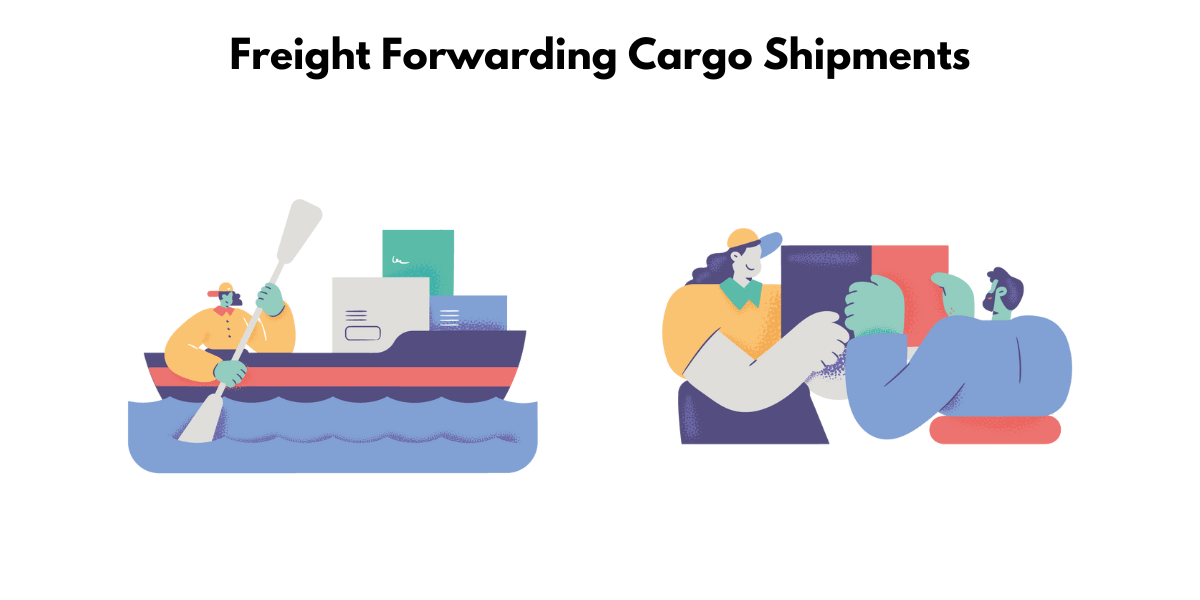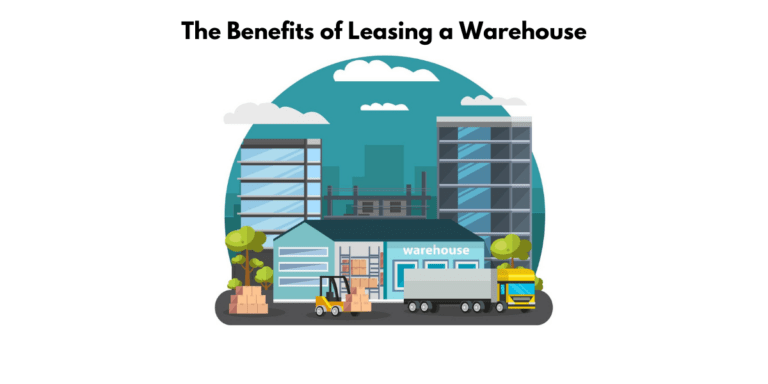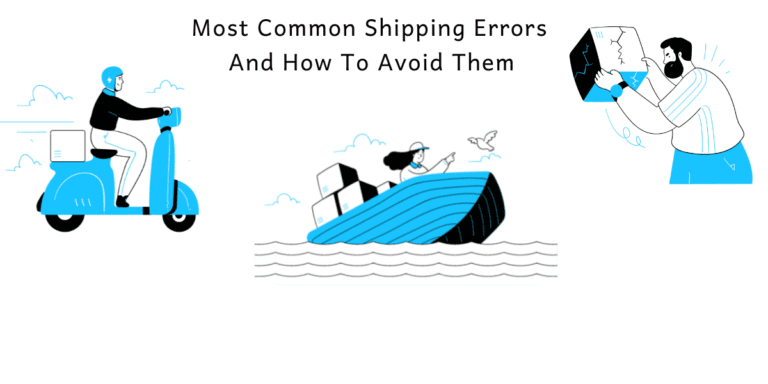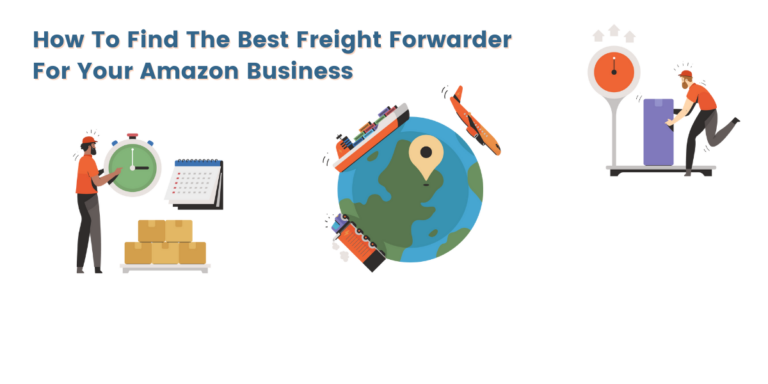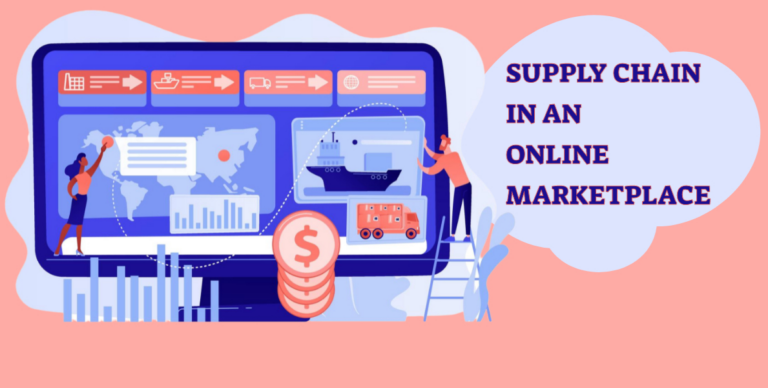10 Different Types of Freight Forwarding Cargo Shipments
10 Different Types of Freight Forwarding Cargo Shipments
Freight forwarding is the coordination and shipment of goods from one place to another via single or multiple carriers via air, marine, rail, or highway.
Freight companies serve as intermediaries between transportation companies that import and export goods and those that need them.
Freight forwarders manage every aspect of transportation, from storing goods before shipment to ensuring they make it through customs.
They establish relationships with the companies that handle the actual movement of the goods and plan each step of every shipment on their client’s behalf.
To ensure efficient, cost-effective transportation, freight carriers have expertise in negotiating tariffs, customs regulations, and requirements for shipping by land, sea, rail, and air.
They use the latest advances in information technology to manage the risks and benefits of shipping nationally and internationally.
Services offered by a freight forwarder
A freight forwarder is an entity that arranges the import and export of cargo and provides services such as the following:
- ocean or air freight transportation
- inland transportation
- documentation preparation
- warehousing and storage services
- consolidation and deconsolidation
- cargo insurance
- customs compliance
They have access to global partnerships, strong negotiating skills, and more, enabling them to provide tailored, forward-thinking transportation solutions that can add value to businesses.
Understanding the role of a freight forwarder is essential to utilize their services and achieving a successful shipment.
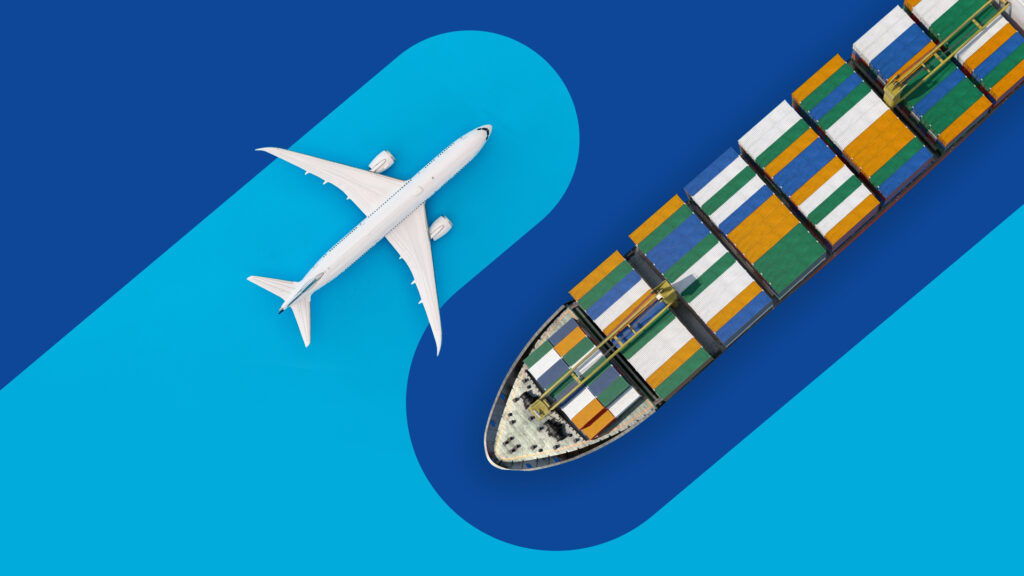
Ocean or air freight transportation
Ocean or air freight transportation is the process of shipping goods by either ocean or air. Ocean freight is more cost-effective but slower, whereas air freight is faster but more expensive.
Common air export destinations from the U.S. include Germany, the United Kingdom, Spain, the Netherlands, and Asia.
In addition to air and ocean freight, various other services are available such as road freight, rail freight, domestic freight, and additional services.
Inland transportation from the origin and destination
Inland transportation is the transport of goods within a country. It involves road freight, rail freight, and air freight.
Road freight is the most common form of inland transportation used to deliver goods within a country, to neighboring countries, and between ports and distribution centers.
Rail freight is an alternative and cheaper option for larger and bulkier items, while air freight is the most expensive but a fastest form of inland transportation.
Preparation of documentation
Freight forwarders help prepare documents necessary for importing or exporting goods, including invoices, bills of lading, export packing lists, license and declaration documents, certificates of origin, and inspection certificates.
They also negotiate freight charges, manage inventory during the storage and transportation processes, and file insurance claims when necessary.
Warehousing and storage services
Freight forwarders offer various warehousing and storage services, including cross-docking, customs bonded, FDA-certified food storage, pick and packing, and hazmat handling.
They also manage inventory during the storage and transportation processes and can arrange for the shipment of a company’s merchandise by making arrangements with storage, transportation, and other logistics companies.
Consolidation and deconsolidation
Consolidation and deconsolidation are services that streamline the process of shipping goods internationally.
Consolidation involves grouping individual shipments from one or more sources into a single shipment bound for the same destination country.
This helps to reduce customs clearance times and save on the cost of less-than-container-load pricing.
Deconsolidation is the opposite of consolidation and involves separating goods sent in a single shipment into individual shipments to be sent to their respective destination countries.

Different types of cargo shipments
When shipping goods worldwide, freight forwarders rely on four main types of transport: air, ocean, rail, and road freight.
Each type of transport has unique benefits, and understanding when and how to use each is essential for successful freight shipping.
From air freight forwarding to ocean shipments, this guide will provide an overview of the different types of cargo shipments, the advantages of each, and the countries that American businesses commonly export to.
With this knowledge, you will be well-equipped to select the most suitable mode of transport for your goods.
Full container loads
A full container load (FCL) is a shipping method to transport large cargo quantities.
It involves a single container to ship large goods, typically more than 10 standard-sized pallets, to the same destination.
Less than container loads
A Less Container Load (LCL) shipment is when multiple customers’ freight is consolidated into one container and is a cost-effective solution for smaller cargo shipments.
Unlike other cargo shipments, LCL shipments are priced on a “chargeable weight” basis and typically require less paperwork.
By consolidating your freight, you can take advantage of less-than-container-load pricing and avoid surcharges.
This is a great option if you need to ship goods that do not require a full container.
Break bulk cargo
Break bulk cargo refers to goods shipped individually, as opposed to being shipped in containers or as part of a bulk shipment.
It generally takes up more space and is more labor-intensive to move than other types of cargo, but it is often necessary for certain types of cargo.
Characteristics of break bulk cargo include being shipped as individual pieces, usually having a high weight-to-volume ratio, and not being uniform.
Palletized goods
A palletized goods shipment is consolidated onto a pallet or skid for easier transportation and handling.
This type of shipment is designed to maximize the number of goods that can be stored and transported while keeping the load secure.
Several palletized goods shipments include full pallets, half pallets, parcels, and oversized shipments.

Cartons
Carton cargo refers to pre-packed goods loaded into boxes or containers and shipped via truck, rail, air, or sea.
These goods are often palletized, which makes it easier to move, store and manage them.
Carton cargos are usually shipped via Less-than-Truckload (LTL) shipping when freight doesn’t require an entire trailer but is typically more than an LTL shipment.
Freight terms of sale, such as INCOTERMS, help to determine who (seller or buyer) is liable for costs and risks at various points throughout the shipment journey.
Liquid cargo
A cargo shipment transports goods in liquid forms, such as fuel, chemicals, and other hazardous materials.
These shipments require special care, as the materials are often highly flammable, corrosive, and volatile.
Liquid cargo requires secure packaging and proper labeling to ensure safe transport.
Dangerous goods
Dangerous cargo is any hazardous or potentially hazardous material to transport by air.
The dangerous cargo includes the following:
- explosives
- flammable liquids and gases
- corrosive substances
- radioactive materials
- toxic, infectious, or otherwise hazardous materials
Transporters of dangerous goods must comply with specific regulations and safety standards during the transport process, and those who handle dangerous goods must have proper training and certification.
Aircraft
An aircraft cargo shipment is an air freight transportation of goods and services from one point to another.
It is the fastest of all shipping methods and is often used when port delays or other challenges impact ocean freight.
Common export destinations from the U.S. include Germany, the United Kingdom, Spain, the Netherlands, and Asia.
TACT (Trans-Atlantic Cargo Tracking) is a service that provides real-time information on rates, rules, compliance regulations, and air cargo schedules.
Ships
Several types of ships are used for cargo shipments depending on the size and type of cargo being transported.
The most common cargo types include container ships, bulk carriers, tankers, and Ro-Ro (Roll-on/Roll-off) vessels.
Road freight
Road freight is a specialized trucking used to deliver goods within a country, to neighboring countries, and between ports and distribution centers.

Benefits of freight forwarding
Freight forwarding companies are a great way to facilitate the transportation of goods and cargo globally.
With a freight forwarder, businesses benefit from their extensive knowledge, experience, and access to global partnerships.
Additionally, they provide tailored, forward-thinking solutions that add value to your business and offer ancillary services such as cargo tracking, risk management, and compliance.
Companies in many industries, including manufacturing, pharmaceuticals, ecommerce, and construction, can all benefit from working with a freight forwarding company.
Reduced transportation costs
Freight forwarding can help to reduce transportation costs in multiple ways.
Working with a freight forwarder and consolidating freight can take advantage of less-than-container-load pricing, eliminating surcharges and providing a cost-effective solution.
Also, freight brokers can bring relationships and industry knowledge to a partnership, helping procure the best price when transporting goods.
Moreover, road or ground freight is typically the cheapest of all the freight methods, making it an ideal option for short-distance transport.
Ultimately, freight forwarding helps to reduce transportation costs by providing personalized solutions and flexible options to fit any budget.
Increased efficiency and speed of delivery
Freight forwarding increases efficiency and speed of delivery by leveraging the latest industry tools to streamline the supply chain.
Renowned customs brokerage services and transportation of dangerous goods, live animals, perishables, and pharma can help ensure that shipments are delivered on time, every time.
With the help of a reliable freight forwarding partner, businesses can enhance their competitiveness and better navigate the global marketplace.
Increased capacity to handle risk
Freight forwarding helps to increase capacity to handle risk by providing the necessary resources, techniques, and strategies to plan robust Competency-Based Training and Assessment (CBTA) compliant dangerous goods training programs.
This helps to ensure compliance with all safety and regulatory requirements and accept dangerous goods consignments for transportation by air with complete confidence.
Furthermore, market insights can also be acquired to optimize the supply chain to stay ahead of the “need it now” normal.
Therefore, freight forwarding increases the capacity to handle risk by providing the necessary resources and insights to stay current on industry regulations and trends.
Ability to handle changes in supply and demand
Freight forwarding helps manage changes in supply and demand by providing expert support and services to optimize supply chains.
This includes on-demand tracking, live updates, proactive issue resolution, and market updates to ensure businesses are prepared for the future.
Freight forwarding also helps businesses deal with increased seasonal demand or quick business growth and comply with shipping regulations.
Additionally, it can free up time for businesses to manage other aspects of the business instead of spending time shipping out orders.

Challenges of freight forwarding
Despite the freight forwarders’ expertise, many challenges must be overcome to ensure a successful shipment and delivery of goods.
This includes navigating tariffs, customs regulations, and the requirements of various transportation modes and having the right tools for the job and a committed customer service team.
The complexity of the process
The freight forwarding process can be complex, with many steps and considerations.
It begins with market insights, which involves researching the most efficient and secure way to transport goods.
Companies must then get an online quote or schedule a consultation with a freight forwarder.
They will provide business intelligence and standardized procedures to ensure a safe and legal shipment.
After that, export haulage is initiated, transporting the goods to the freight forwarder’s warehouse.
Finally, customs brokers are hired to validate the safety and legality of the product before it is allowed to leave the country.
By following these steps, companies can ensure timely and cost-effective delivery of their goods.
Availability of transport services
Transport services for freight forwarding are available by air, sea, rail, truck, and intermodal.
Air freight is generally faster but more expensive than other methods, while sea freight is cheaper but slower.
Rail freight is the lowest cost but also has the longest transit times. Intermodal combines two or more modes of transport to move goods effectively and efficiently.
The complexity of customs clearance
The complexity of customs clearance for freight forwarding can vary depending on the product, country of origin, and destination country.
To clear customs, freight forwarders must ensure that the product and associated paperwork correlate and meet safety and legal regulations.
Freight forwarders often hire customs brokers to handle this process, and consolidating individual shipments to the same destination into one can reduce clearance time.
The complexity of transport regulations
The transport regulations for freight forwarding vary depending on the nature of the items being exported and the destination to which they are exported.
Still, all parties must comply with the Export Administration Regulations (EAR).
Freight forwarders must ensure compliance with all safety and regulatory requirements, accept dangerous goods consignments for transportation by air, know their customers, and be aware of suspicious circumstances and Red Flags that may be present in an export transaction.
To mitigate their and their clients’ liability risks, freight forwarders should establish an Export Management and Compliance Program (EMCP) incorporating the nine key elements.
- 10 Different Types of Freight Forwarding Cargo Shipments - May 22, 2023
- FBA Fees Explained: A comprehensive guide to Amazon fulfillment charges and costs - June 26, 2022
- Warehouse and Logistics: Everything You Need To Know About 3PL Services - February 27, 2022

